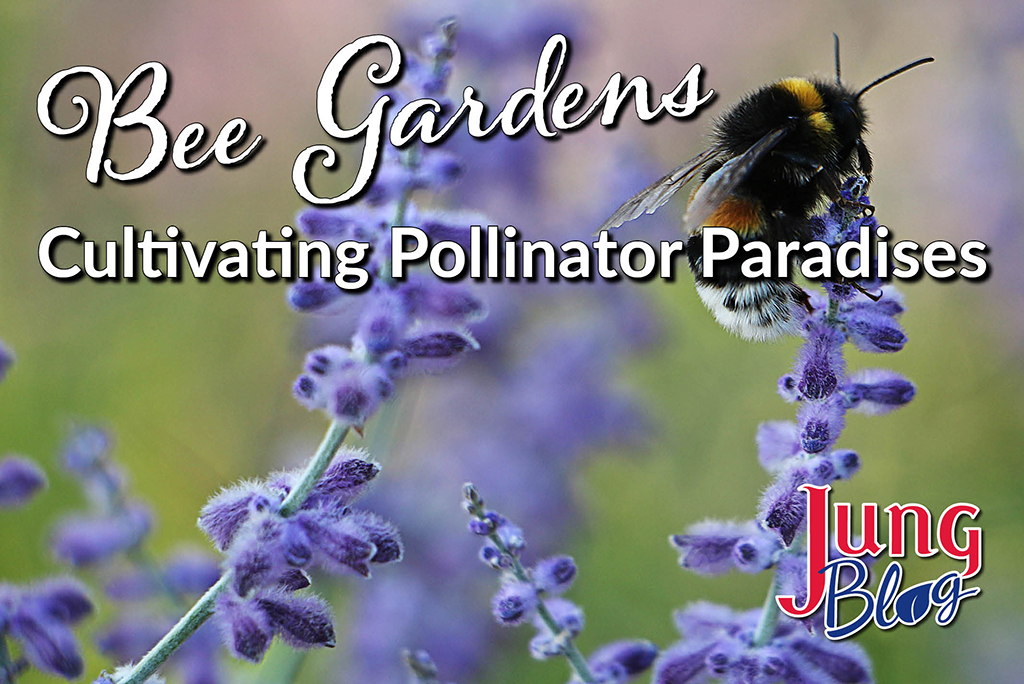
A bee garden featuring wildflowers, native grasses, and herbs serves as a biodiverse haven for nurturing bee populations. Nectar-rich wildflowers like bloodroot and Virginia bluebells offer a colorful feast for bees, while herbs like sage, thyme, and oregano also provide abundant nectar and pollen for these vital pollinators. Interspersed among them, native grasses like little bluestem and switchgrass provide essential habitat and nesting sites. Together, these elements create a thriving ecosystem where bees flourish, pollinating crops and wild plants alike. Remarkably, a single bee lawn in Minneapolis, featuring a mix of flowers, was found to attract over 50 species of bees. And, with their resilience and natural beauty, bee gardens aren’t just a joy, but also surprisingly easy to establish and maintain.
Nectar-Rich Wildflowers
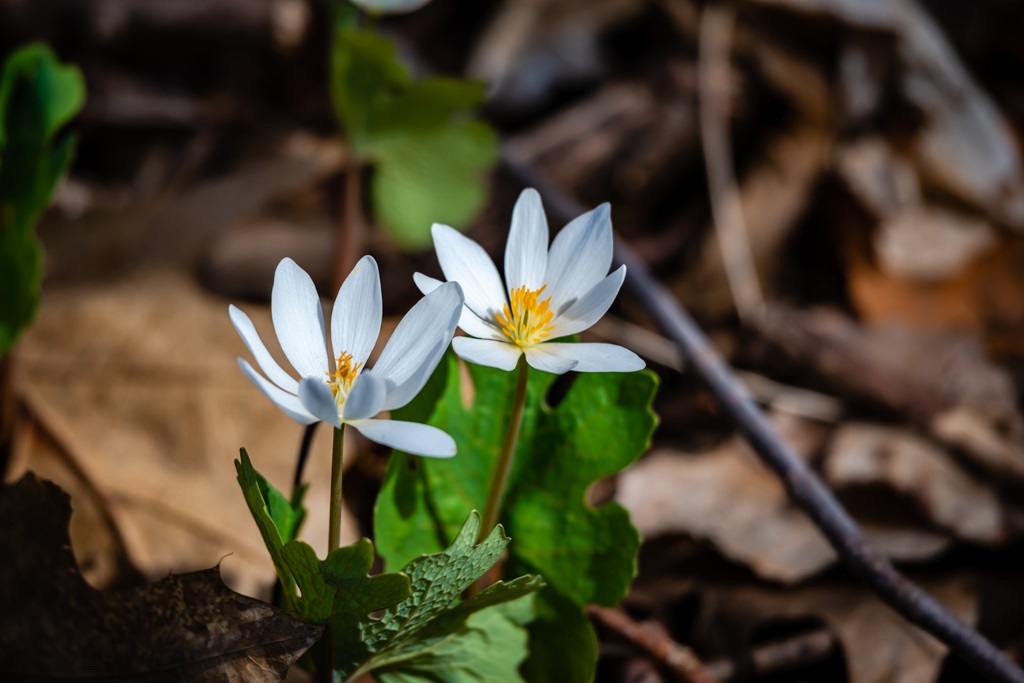
Wildflowers are the lifeblood of bee gardens, offering a bounty of nourishment and natural beauty that sustains and delights our winged friends. Bloodroot, for instance, produces bright white, sweet-smelling flowers designed to attract pollinators. These flowers bloom in early spring, providing one of the first nectar sources for bees as they emerge from hibernation and begin their foraging activities for the season. Bloodroot is also native to North America, making it well-adapted to local ecosystems and climates, so it’s fairly easy to grow. Bees also love Virginia bluebells: their vibrant blue and pink bell-shaped flowers produce plenty of nectar, and they also bloom in early spring, providing key sustenance for bees as they emerge from winter dormancy.
There’s also purple coneflower: a bee-friendly wildflower with accessible, purple daisy-like flowers that produce abundant nectar. It blooms from summer into fall, providing a reliable food source for bees during the later months of the growing season when other flowers may be scarce. Purple coneflower is also particularly well-suited to dry conditions, making it resilient during hot summer months when water may be limited.
Native Grasses: Building Bee-Friendly Habitats
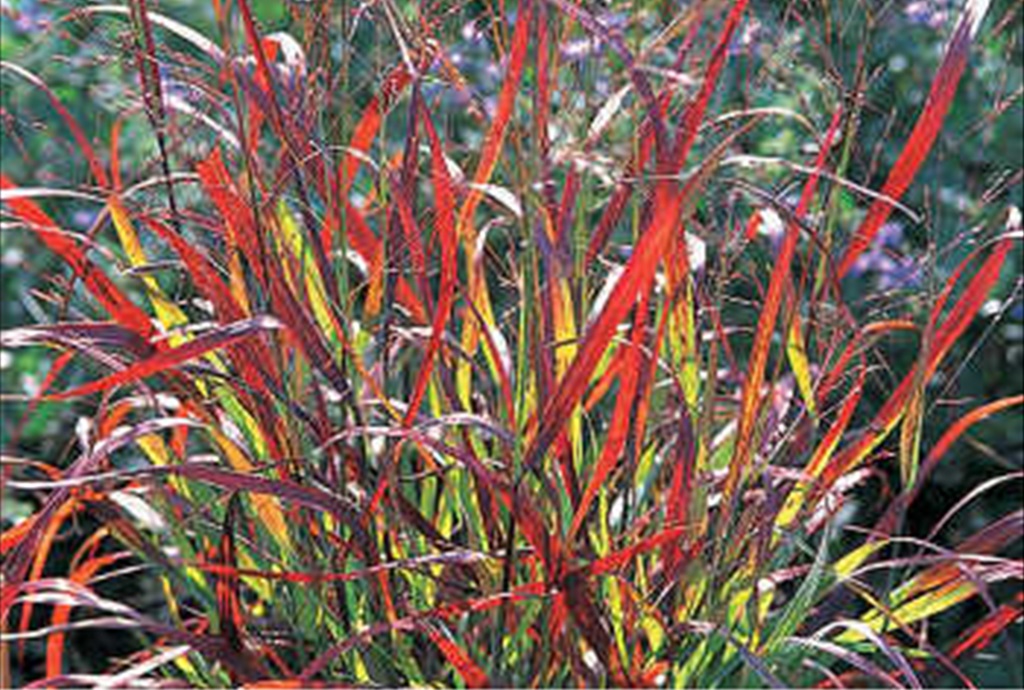
Native grasses are valuable additions to bee gardens as they provide essential habitat, shelter, and foraging opportunities for bees, helping create thriving pollinator communities. Shenandoah Red Switch Grass, for instance, provides essential habitat and nesting spots thanks to its dense clumps of foliage, while the flowers hidden within are a reliable food source. It’s also relatively easy to grow, thriving in a variety of soil types, including clay and sandy soils, and requires minimal maintenance once established. Alternatively, smoke signal little bluestem also offers dense clumps of foliage, providing shelter and protection, while its ornamental qualities, including striking reddish-burgundy foliage, also add visual appeal to the garden. With its low-maintenance nature and resilience to pests and diseases, Smoke Signal Little Bluestem is a hassle-free option for adding beauty and habitat to bee gardens.
Bee-Friendly Herbs
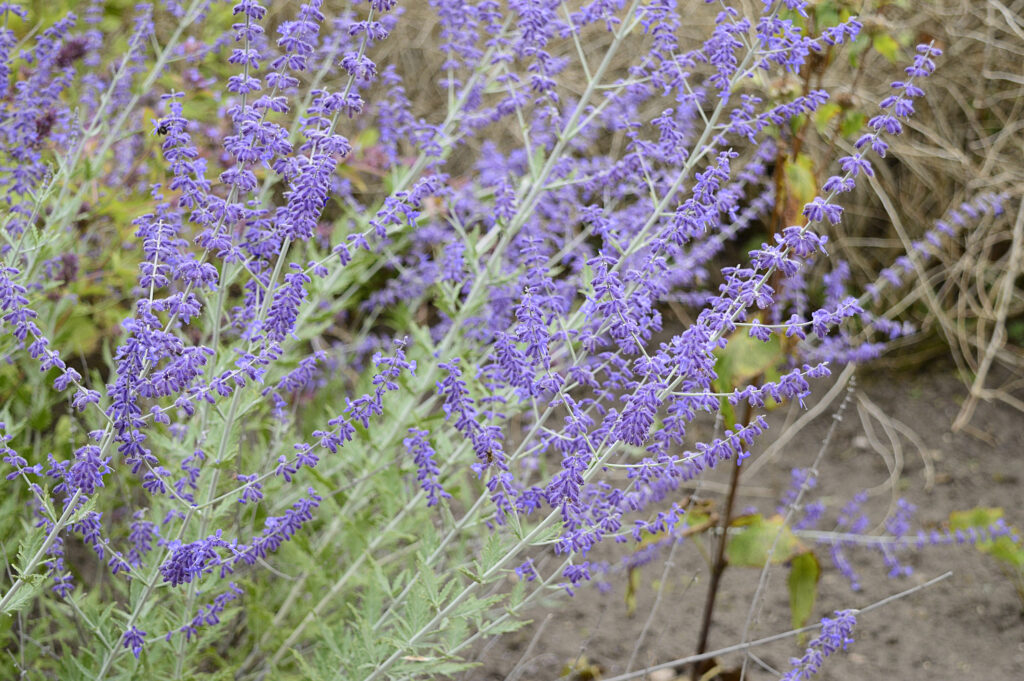
Herbs like sage, thyme, and oregano boast nectar and pollen-rich flowers that bees love, making them essential additions to gardens for supporting bee health and pollination. By opting for varieties known for their abundant and accessible nectar and pollen, you can ensure maximum benefit to bee populations. Sage, notably, stands out with its tubular-shaped flowers, attracting bees with both its beauty and bountiful nectar. Since sage is also drought-tolerant, it requires minimal maintenance once established, making it suitable for both beginner and experienced gardeners alike. Similarly, thyme is also a great nectar source for bees. This fragrant, low-growing herb blooms for an extended period, typically from late spring to early summer, therefore providing bees with a consistent and reliable source of nectar and pollen. Thyme is also hardy and drought-tolerant, meaning it thrives in a variety of conditions, including poor soils and dry climates. As for oregano, its clusters of tiny flowers beckon bees and other pollinators with an irresistible abundance of nectar. In addition, oregano also blooms for an extended period — typically from late spring through summer and even into fall in some regions. This prolonged flowering season ensures a consistent supply of nectar for bees throughout the growing season — making it another valuable addition to any bee garden.
Bee Lawn Basics: Getting Started With Your Pollinator Paradise
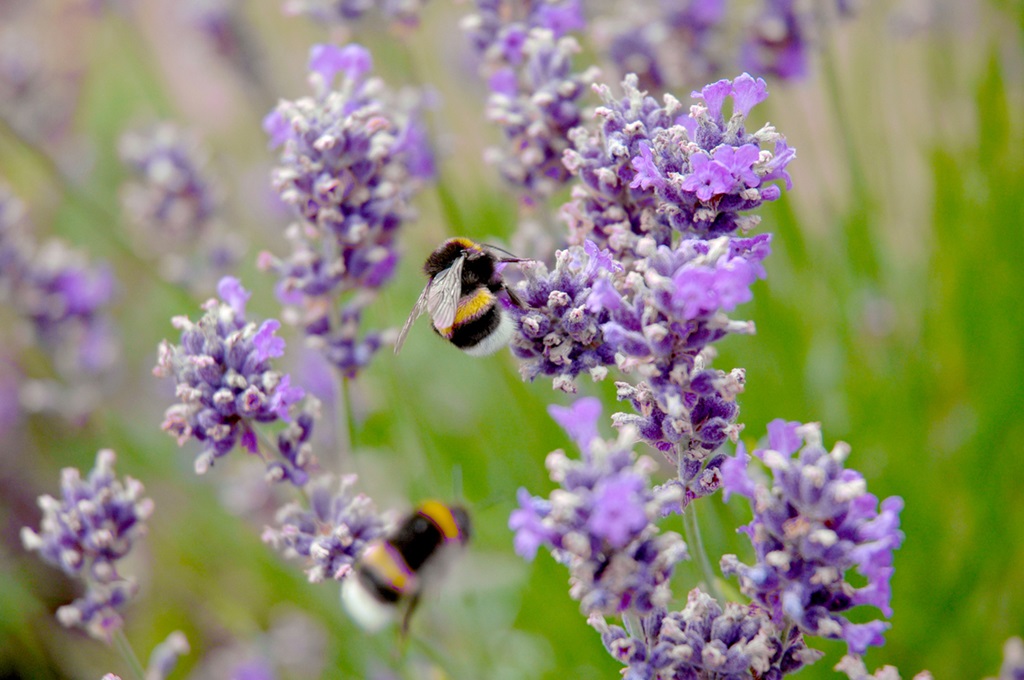
When starting a bee lawn, select a sunny area with well-drained soil and minimal foot traffic to provide an optimal environment for your bee-friendly plants to thrive. Before planting, you need to prepare the soil by removing any existing grass and weeds, and loosening the soil with a garden fork or tiller. You can also add compost to improve soil fertility and drainage. Next, sow your seeds evenly over the prepared soil, following the recommended seeding rate on the seed packet. Lightly rake the seeds into the soil to ensure good seed-to-soil contact. You’ll need to water the soil deeply but infrequently to keep it evenly moist until the seeds germinate and establish (this encourages deep root growth and drought tolerance). Avoid using pesticides and herbicides on your bee lawn — these chemicals can harm bees and other beneficial insects. Instead, embrace natural pest control methods and tolerate some level of pest activity. Bee gardens featuring wildflowers, herbs, and native grasses are essential for supporting bee populations and enhancing biodiversity. By creating these vibrant habitats, you’ll contribute to a healthier, sustainable home for bees and the vital ecosystems they support.
Other Recommended Reading

- 15 Best Plants for Pollinators
- Providing for Backyard Birds
- Create a Monarch-Friendly Flower Garden
- A Quick Guide To Pesticides
- Protect Your Garden From Unwanted Animals
- 6 Tips to Create the Perfect Dog-Friendly Garden

At Jung Seed Co, we strive to be your go-to guide for all your gardening needs. Our YouTube channel The Garden Doctor by Dick Zondag is where he provides gardening tips for all levels of gardeners. When you need reliable gardening advice, turn to the trusted experts at Jung.
View our new catalog online or browse our website for your gardening favorites. To receive info on new products, exclusive deals, and specials, be sure to sign up for our weekly email. Join our Facebook page, to discuss all things gardening!
About the Author: If you are interested in writing an article for the Jung Blog email us at – info@jungseed.com.